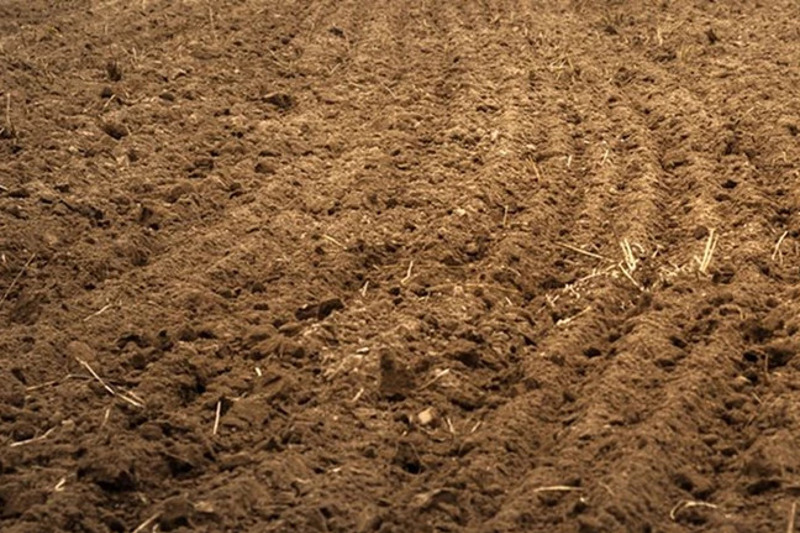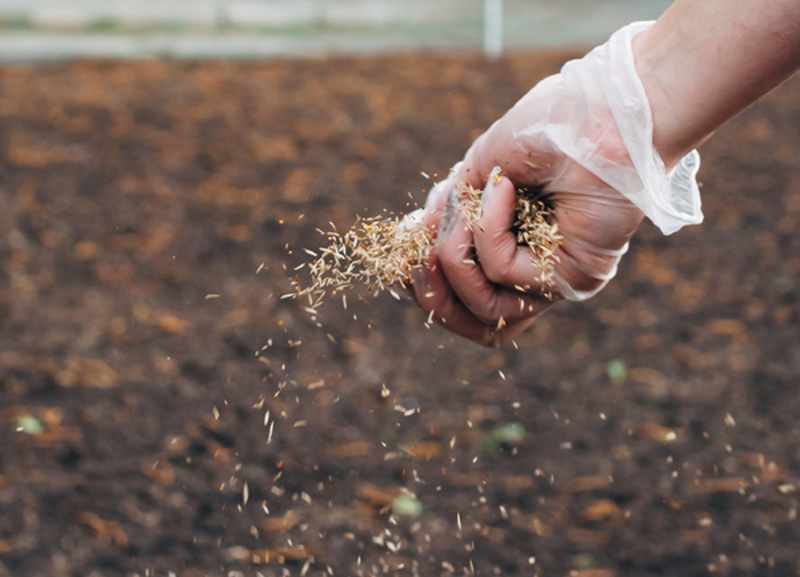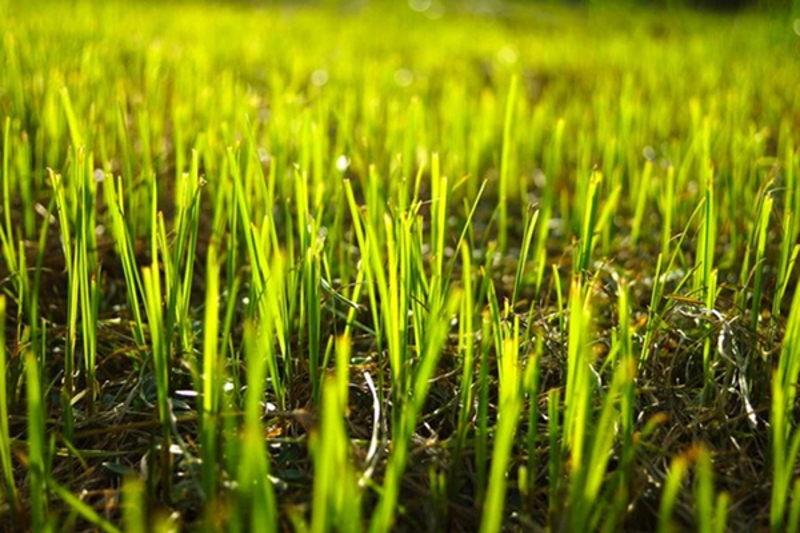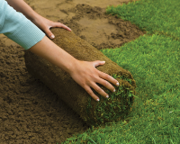How to sow a lawn, with grass seed
Starting a lawn can be straightforward if you remember it’s made up of living plants and, as with a garden, success comes from creating the conditions that grass likes. Choose a grass that's suitable for your climate and conditions. Most grasses are sun-lovers, so in very shaded areas it's best to choose a shade-tolerant variety like Yates Sun & Shade.
- The best time to sow a new lawn is during the mild conditions of early to mid spring or early to mid autumn. In autumn, air temperatures are milder, but the soil is still warm, which encourages lawn seed to germinate, and the lawn will have time to start establishing before the cool winter weather arrives. However, with care, a new lawn can be sown throughout the year as long as the soil temperature is warm enough. If you're faced with this issue, consider Yates Sow Anytime Lawn Seed; it's a gorgeous-looking blend that will germinate at temperatures as low as 3°C.
- Spray the entire area with a non-selective herbicide such as Yates Zero Weedkiller. This will kill off the existing grass, so you don't end up with different coloured patches in the new lawn. It also kills any weeds.
- Leave the sprayed area undisturbed for 2 weeks, to allow all the weeds and grass to die.
- Measure the length and width of the area, so you can work out the amount of lawn seed and starter fertiliser you'll need.
- Before sowing lawn seed, it’s important to prepare the soil first, to give the new lawn the best possible start. If the soil surface is uneven, it’s the ideal opportunity to add some soil to level it out.
- If the existing soil is hard and compacted, loosen the surface with a rake to create a softer layer for the lawn seed to germinate in.
- Applying a layer of 'lawn mix' top dressing is a great idea if the existing soil is heavy clay or very sandy.
























Share
Share this article on social media